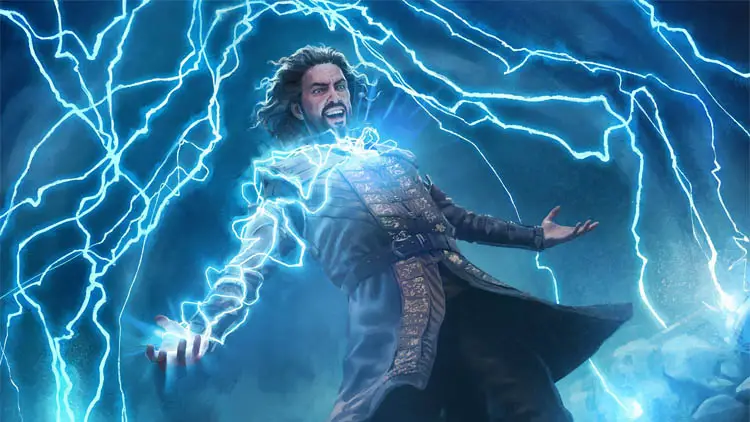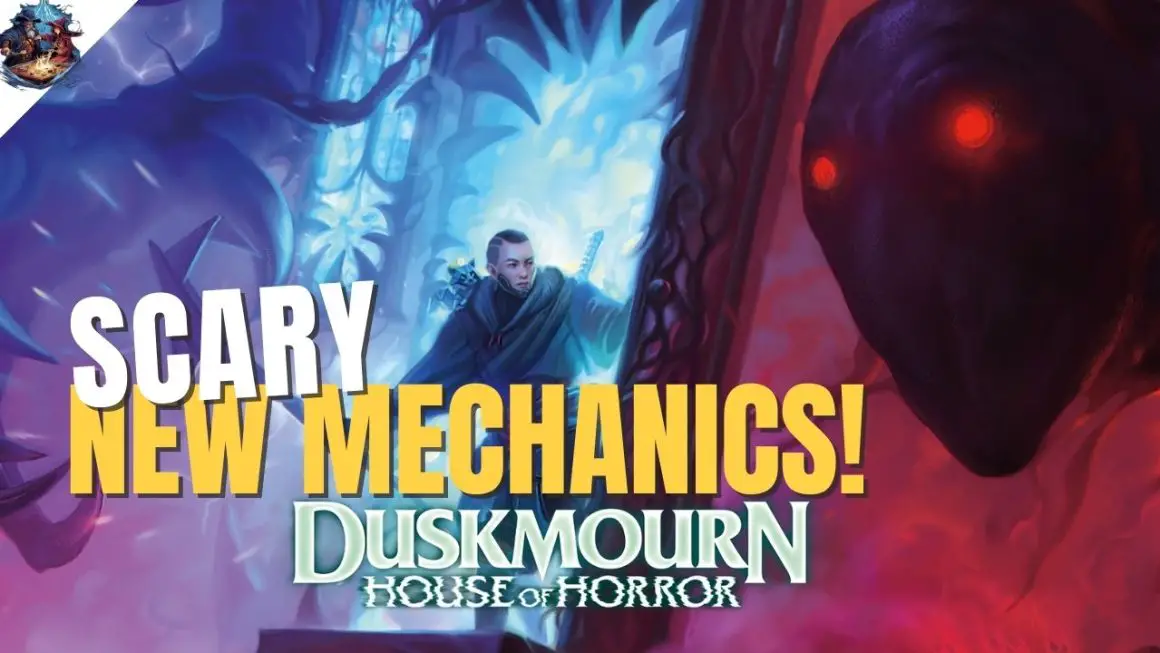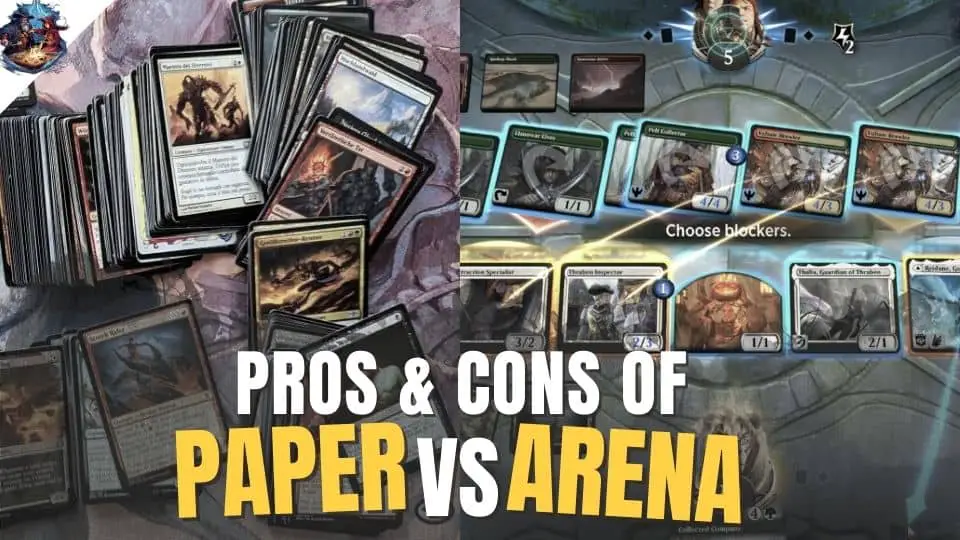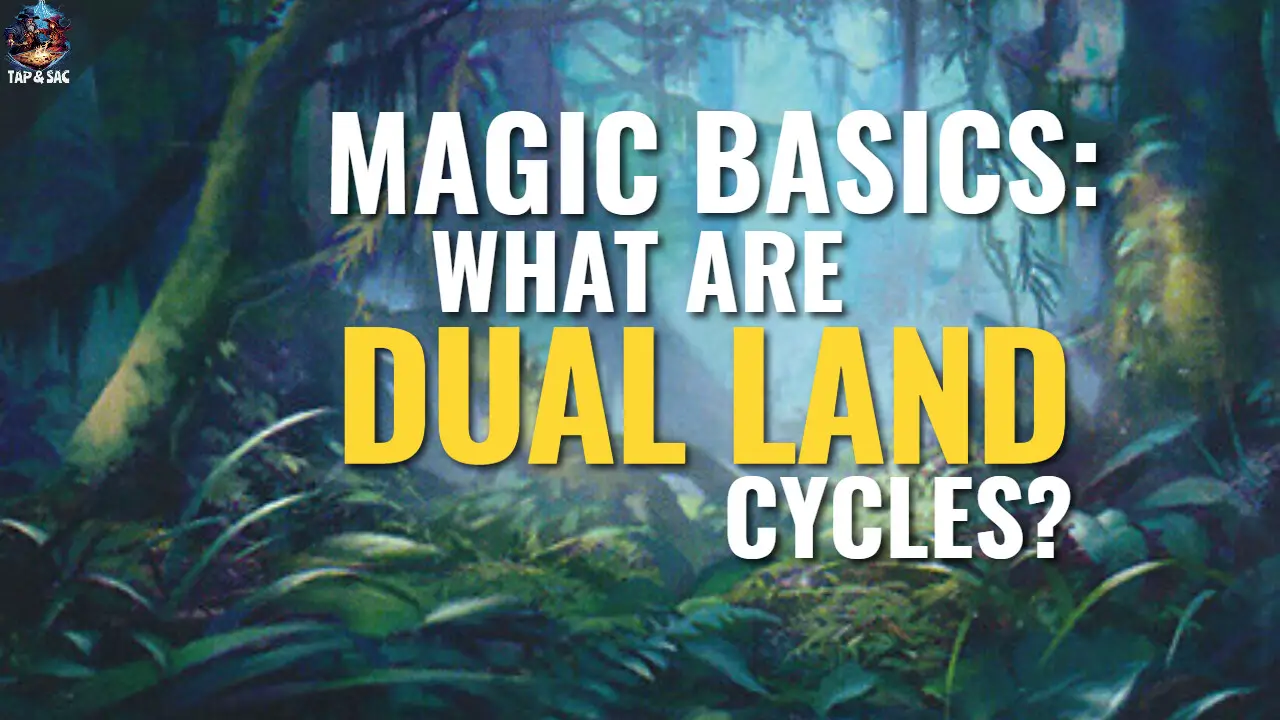If there is one format that is synonymous with Magic, it would be Standard. It is the starting point for so many players in Magic’s history, and although it’s gone through rough patches over the years, it is the format that is most directly influenced by new set expansions every year.
What is this Standard and what does this format have going for it? Is it worth playing over other ever-growing formats like Commander?
What is the Standard Format in Magic?

Standard is simple but also complicated, as it is a rotating format that features only the newest cards from the game. The legal card-pool of Standard features cards printed within the past two years. It is a constructed format, meaning that players build their decks before coming to an event.
Decks in this format have to contain a minimum of 60 cards, with no more than four copies of a card which is not a Basic Land (there are some exceptions to this such as Seven Dwarves or Persistent Petitioners). Decks are also allowed to have a 15 card sideboard, which allows tuning the deck in subsequent rounds of Best-of-3 matches to better adapt to the opponent’s game-plan.
Why Standard is Great for New and Beginner Magic Players
1. Standard is the Focus of Magic Research & Development
Wizards of the Coast (WotC) mainly focuses cards in each new set for Standard, and Draft formats. As such, Standard allows players to play with the cards “as WotC intended.” Interactions are often more fair and clear-cut due to the smaller card pool. This allows new players to come into a friendlier environment where matches aren’t decided in three turns (a common occurrence in bigger formats)

2. Standard is a Less Hostile Format
Other competitive constructed formats like Modern and Pioneer often have a higher degree of efficiency and power. Standard tends to allow for a higher tolerance for impractical cards or mistakes in game.

Standard also tends to have less powerful Mana bases. Lands that can tap for 2 different coloured Mana in Standard often enter the battlefield tapped, resulting in a slower format. missing a turn one play is often less back breaking than in faster more powerful formats. These make Standard accessible and easy to learn, especially for newer players.
3. Standard Allows You to Play With Interesting New Mechanics
Every new Magic set will either introduce or reintroduce specific mechanics. The new mechanics typically have the strongest support for them found only in the specific set they are introduced into. This chance to explore the workings of the new mechanics means that there is always something fresh to explore in Standard, even if they may only be supporting themes for the most powerful decks.

4. Cards are Easier to Obtain in Both Paper and Digital
As only cards from the most recent sets are in Standard, the cards are in print for the entirety of their time in Standard before they rotate out (every 3 years). Your local games store and the secondary market will likely have a large amount of the cards available for sale or trade. This makes it easy to quickly obtain the cards you want and get to actually playing the game.

Challenger decks for Standard also are available if you want to simply jump into the action with a decently-powerful preconstructed deck.
5. Standard is Supported for High Level Competitive Play
Standard, being a premium constructed format for Magic, sees good prize support from Wizards. International tournaments are supported with large prize pools and an ambitious player can reach the highest echelons of the Magic player base playing standard.

Local game stores also frequently support Standard as it has traditionally been one of the more popular formats in the game. In recent times, experienced players have slowly shifted towards the Modern and Pioneer space, leaving Standard as a good place for newer players to thrive.
The Major Downsides of the Standard Format:
1. Cards Diminish in Value After Rotation
Rotation is a feature of the format that keeps Standard fresh, and sets stay in the format for 3 years (increased from 2 years in May 2023). Older sets get ‘rotated’ out, meaning they are no longer Standard-legal. The price of this is that many cards become obsolete upon leaving Standard as there are often more powerful versions of cards or more efficient methods of executing certain strategies in eternal formats like Modern.

This results in a loss of financial value once the date for rotation gets closer. The cards lose virtually all of their financial value after their time in Standard.
That said, powerful cards printed into Standard may also find homes in eternal formats and might hold their value even after rotation. One example of such a card in a recent set is Uro, Titan of Nature’s Wrath.
2. Standard is Easily “Solved” Due to Small Card Pool
The small card pool of Standard limits the range of possible strategies which are available. This allows the player base to very quickly figure out the combinations of cards that form powerful decks, and the interactions between each of the strongest deck archetypes. The “best deck in Standard” is thus found very quickly and typically forms a very large percentage of the meta game.

End Step
Rotation is Standard’s best feature and also its biggest weakness. It keeps standard fresh, but limits the card pool small and causes format staples to lose their value after rotation if they can’t find homes in modern/pioneer decks.
If you like the hype around new cards or are interested in a simpler format, Standard may be perfect for you. The online version of MTG – Arena – focuses on the Standard format. You can play for free, and is one of the 5 best ways that you can get started in MTG.




